Unboxing And Overview: Strix GTX 960
If you're an Nvidia fan, arguably the best mainstream enthusiast graphics card comes from the just-released ASUS Strix GTX 960. If you're playing at Full HD resolutions and are looking to upgrade from an old (and probably hotter and more power-hungry) graphics card, this will fit the bill. Its Strix semi-fanless design is compact and ultra-quiet making it perfect for HTPCs or smaller PC mods, or you may just want a card with great value to overclock the hell out of it! Without further ado, let's look at what's inside the box.
Inside contains another box which contrasts the outer box, so you have a choice of what kind of box collection you want to have (if you prefer not to keep the outer box, it is a great decoy box for birthdays and Christmases). Apart from the Strix GTX 960 itself, you will find the DVI to VGA adapter (and if you need it, then please also consider that ASUS has a great product line of modern LCD displays!), a user's guide, a software disc and a Strix bumper sticker.
As the successor to the GTX 760, the ASUS Strix GTX 960 packs the super power-efficient Maxwell processor architecture, but utilizes the new GM206 GPU built on the 28nm process, rather than the GM204 found in its big brothers; GTX 970 and GTX 980. The Strix GTX 960 packs 1024 CUDA cores, 16 streaming multiprocessors, 32 ROP units and 64 texture units. With a 1,253MHz factory-overclocked GPU base clock (up from 1,127MHz) and a 1,317MHz GPU boost clock (up from 1,178MHz) in OC mode, it performs 12% faster than reference. It is 12% faster in Assassin’s Creed Unity and Battlefield 4, and runs the 3DMark 11 Extreme (in FullHD) benchmark 6.5% faster than reference designs. It is fitted with 2 GB of high-speed 7GHz (effective) GDDR5 video memory with a 128-bit bus; which is balanced given Nvidia Maxwell's highly efficient use of memory bandwidth.
With great overclockability and twice the power efficiency compared to GTX 660 and 33% compared to previous generation Kepler cored 700-series products, there's still room for the same new tricks as the GTX 970/980 such as the Voxel Global Illumination lighting technique (VXGI), VR Direct, Dynamic Super Resolution (DSR), Multi-Frame Anti-aliasing (MFAA) and more.
[gallery include="" size="medium" link="file" template="file-gallery" columns="2"]
The dual-slot card is packing a dual-link DVI port, an HDMI 2.0 port, and opting for a trio of DisplayPort 1.2 ports.
[gallery include="" size="medium" link="file" template="file-gallery" columns="2"]
If you take off the DirectCU II cooler, you will find a 5-phase Super Alloy Power design that enhances energy efficiency by 15%, widens voltage modulation tolerance, and improves overall stability and longevity (by up to two and a half times!) compared to reference designs. Note that for people experienced with removing the coolers, this time you won't need to remove the screws on the IO backplate.
[gallery include="" size="medium" link="file" template="file-gallery" columns="2"]
DirectCU II cooling technology makes the card 30% cooler (220% more heat dissipation) and three times quieter than reference. It's 0dB fan technology will especially come in handy in HTPCs for totally-silent operation when getting some light gaming in or watching videos, and it is still impressively quiet even during intense gaming sessions. The heatpipes sit evenly over the GPU, as they go to the fins they are arced providing more surface area and volume to increase cooling without adding length to the card.
Enhancing its cooling even further, the Strix GTX 960 has a strong, rigid backplate that helps dissipate heat from components on the backside quickly and provides an extra measure of protection against physical card damage (or possibly liquid-cooling spillage) - in addition to having something great to look at in your case. The backplate can be removed by unscrewing seven screws from the topside of the card (positions can be seen below on the backplate).
[gallery include="" size="medium" link="file" template="file-gallery" columns="2"]
Strix GTX 960 uses a single 6-pin power connector, providing cleaner cable management, and has a convenient connection indicator LED to let you quickly see if the power cable is plugged in properly.
[gallery include="" size="medium" link="file" template="file-gallery" columns="2"]
DirectCU II design coupled with the already power-efficient Maxwell is a recipe for great overclocking, and the Strix GTX 960 works with the existing GPU Tweak software for monitoring and overclocking. GPU Tweak provides the ability to fine-tune GPU speeds, voltages and video memory clock speeds in real time. Some people have overclocked it past 1,400MHz (core) / 1,450MHz (boost) / 1,900MHz (memory) without touching temperature profiles or voltage!
GPU Tweak also includes a customized version of the XSplit Gamecaster streaming tool and a free one-year free XSplit Premium license. XSplit Gamecaster lets you record and share on-screen action over the internet in real time, meaning your friends can watch you dominate the competition live.
For reference, here's the Strix GTX 960 and Strix GTX 970 side by side, to show you what differences there are. Both share the same owl-eyes fans and similar shroud design, but the Strix 960 is significantly more compact.
[gallery include="" size="medium" link="file" template="file-gallery" columns="2"]
The Strix GTX 960 measures 21.5 (L) X 12.1 (H) X 4.1 cm (W) whereas the Strix GTX 970 is six and a half centimeters longer and slightly taller, measuring 28 X 14 X 4 cm. Instead of having two DVI ports, the Strix GTX 960 has one less (DVI-I only), and replaced them with two more native DisplayPort 1.2 ports. Both have dual fans, but less power is required to power the GTX 960, so this allows slightly smaller fans to be installed on the more compact card.
[gallery include="" size="medium" link="file" template="file-gallery" columns="2"]
Whether you just want to build a compact PC that packs a punch, a super-quiet HTPC, craving some overclocking fun, or simply can't miss the deal of the year, Strix GTX 960 won't disappoint.
Author
Popular Posts
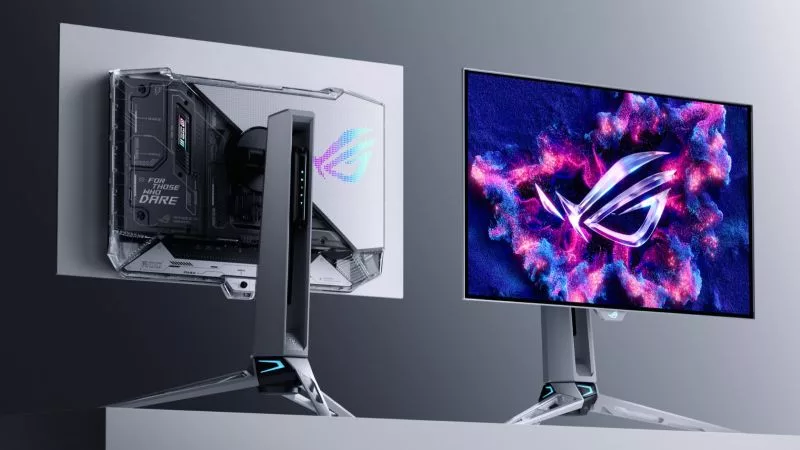
Prepare for Tandem OLED splendor with these new ROG gaming monitors
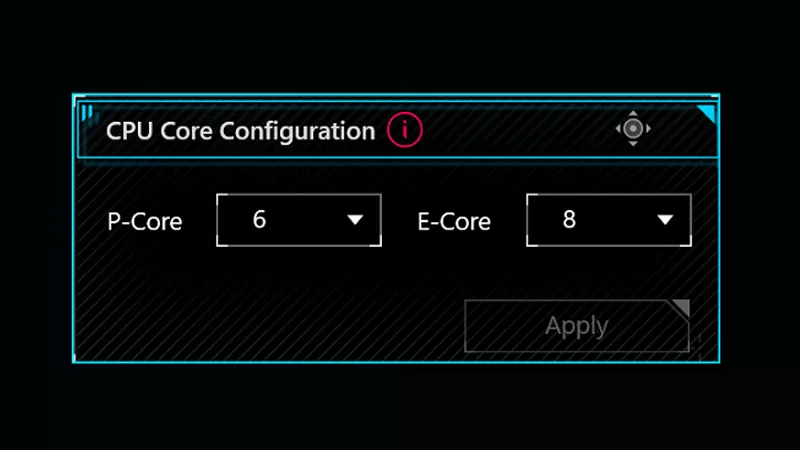
How to adjust your laptop's P-Cores and E-Cores for better performance and battery life
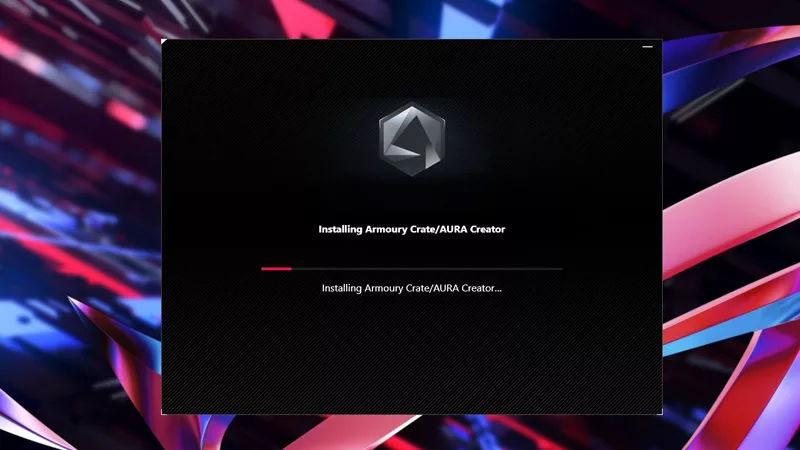
How to Cleanly Uninstall and Reinstall Armoury Crate
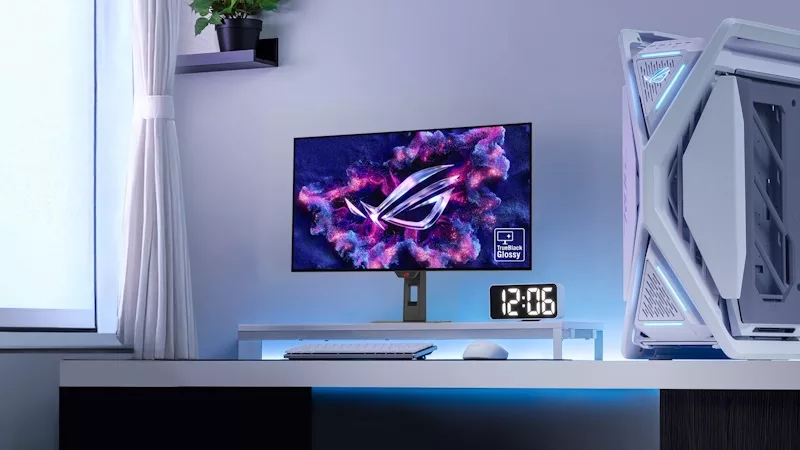
32-inch glossy WOLED panels debut in the ROG Strix OLED XG32UCWMG and XG32UCWG gaming monitors
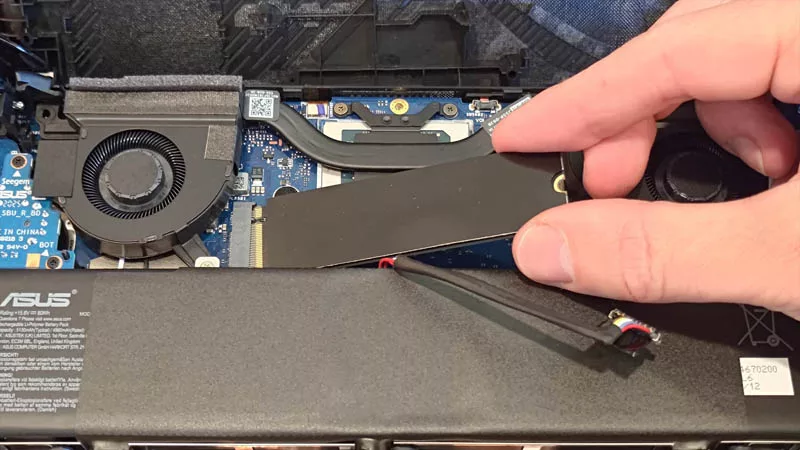
How to upgrade the SSD and reinstall Windows on your ROG Ally, ROG Xbox Ally, or ROG Xbox Ally X
LATEST ARTICLES
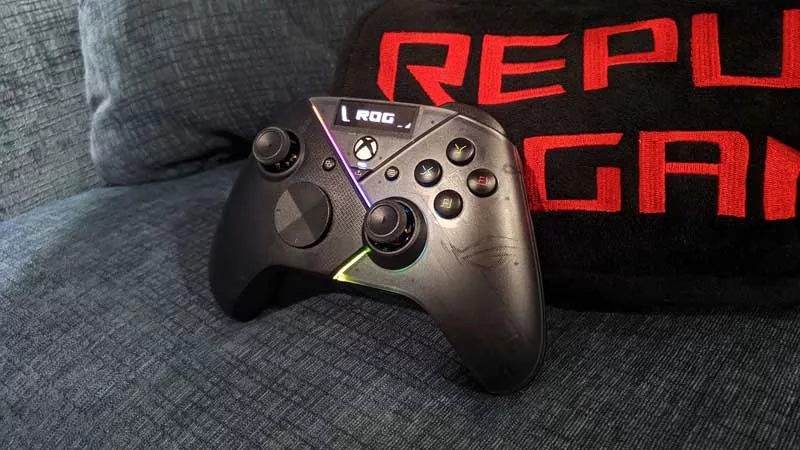
Hands-on: The ROG Raikiri Pro took my couch gaming to the next level
I've been a diehard PC gamer all my life, but I often play on the couch. The ROG Raikiri Pro has improved my living room PC gaming immeasurably thanks to a few useful features and loads of customizability.
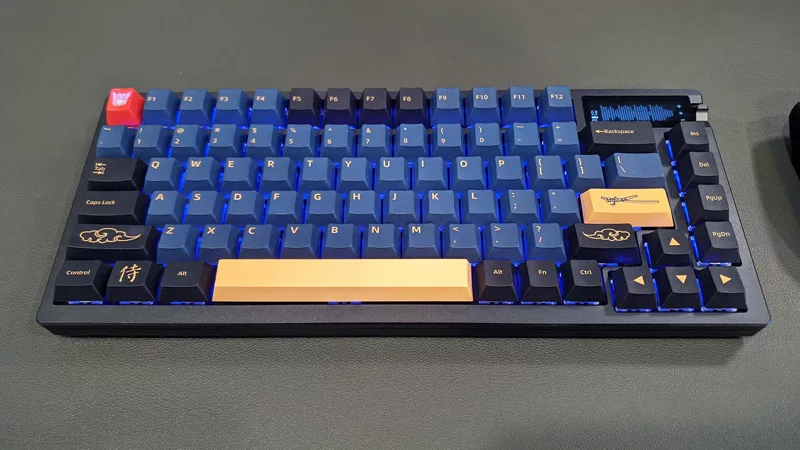
Hands-on: The ROG Azoth became the canvas for the keyboard of my dreams
Ever since I bought my first mechanical keyboard, I’ve been on a mission to mod and upgrade, mod and upgrade. But I think the ROG Azoth may actually be my endgame.
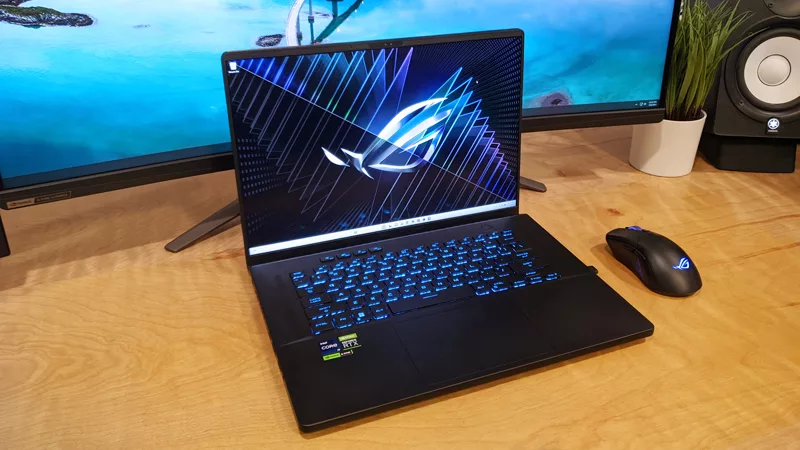
The Zephyrus M16 blends outstanding HDR gaming performance with undeniable luxury
The new ROG Zephyrus M16, with its Nebula HDR display, is like bringing a high-end home theater gaming setup with you wherever you go.

Radeon graphics and a stellar new display reinvigorate 2022 ROG Zephyrus G14
For a long time, I had to choose between underpowered ultraportable laptop and large laptops capable of gaming. But the ROG Zephyrus G14 puts admirable gaming chops into an ultra portable machine that travels anywhere.
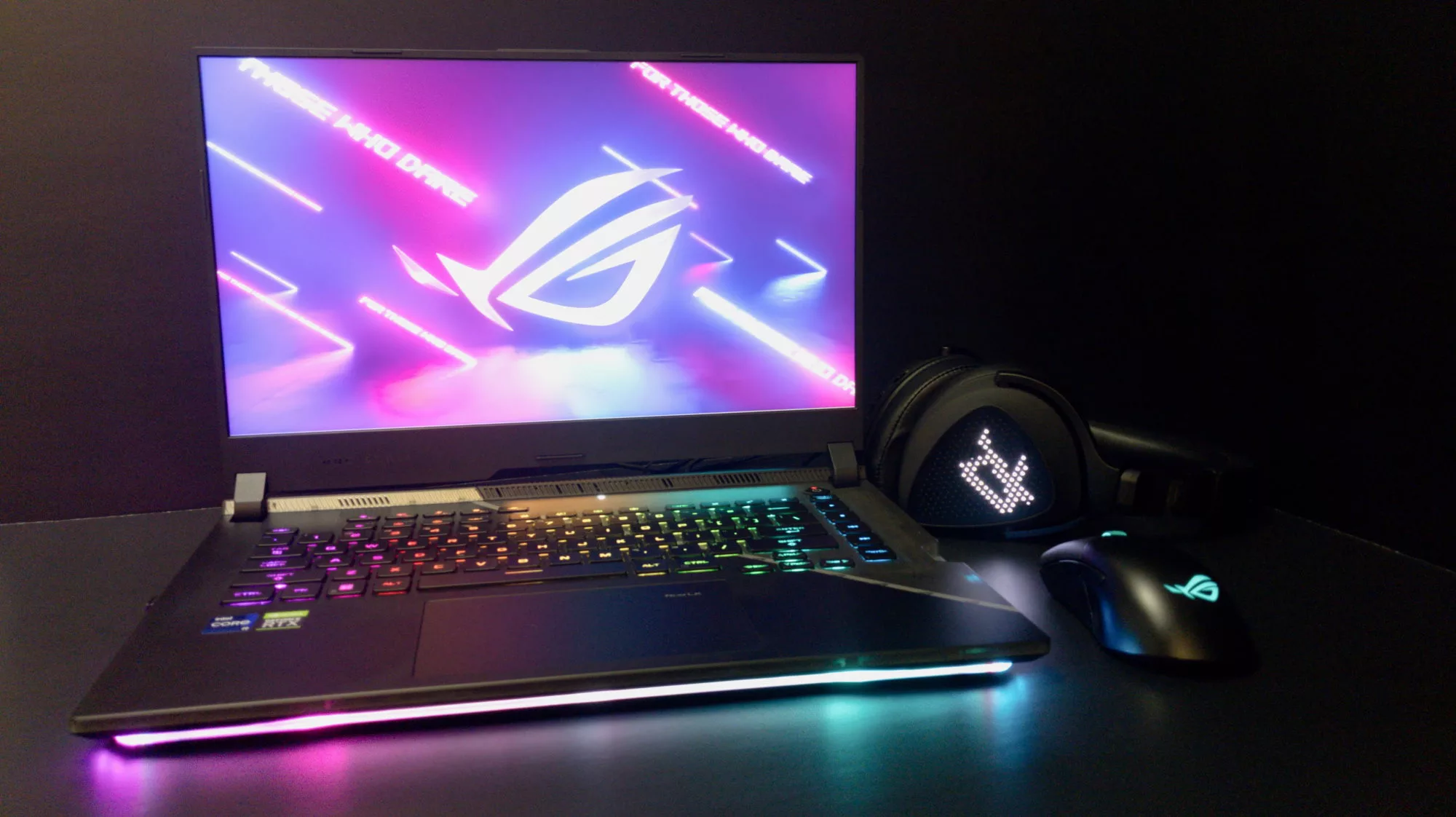
Ready to rumble out of the box: Hands-on with the ROG Strix SCAR 15
Living on the move or in a smaller space isn't a roadblock to high-end gaming. The ROG Strix SCAR makes portable powerful.
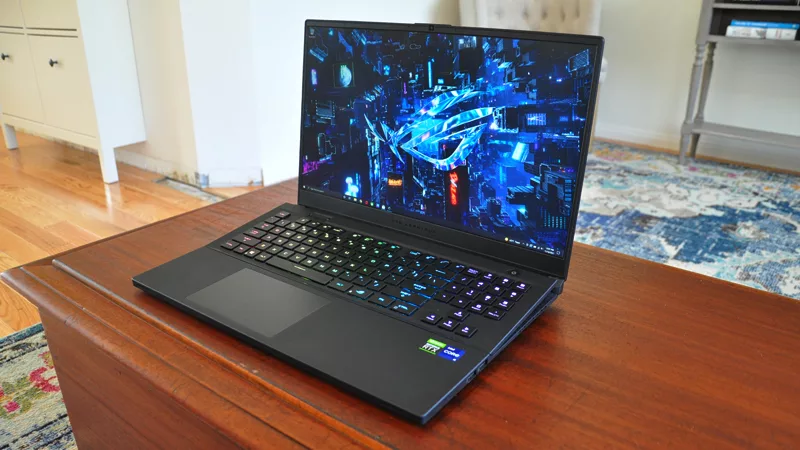
The ROG Zephyrus S17 is an outstanding mixture of power and portability
The S17 has it all: top-tier hardware in a slim package with all the bells and whistles.
